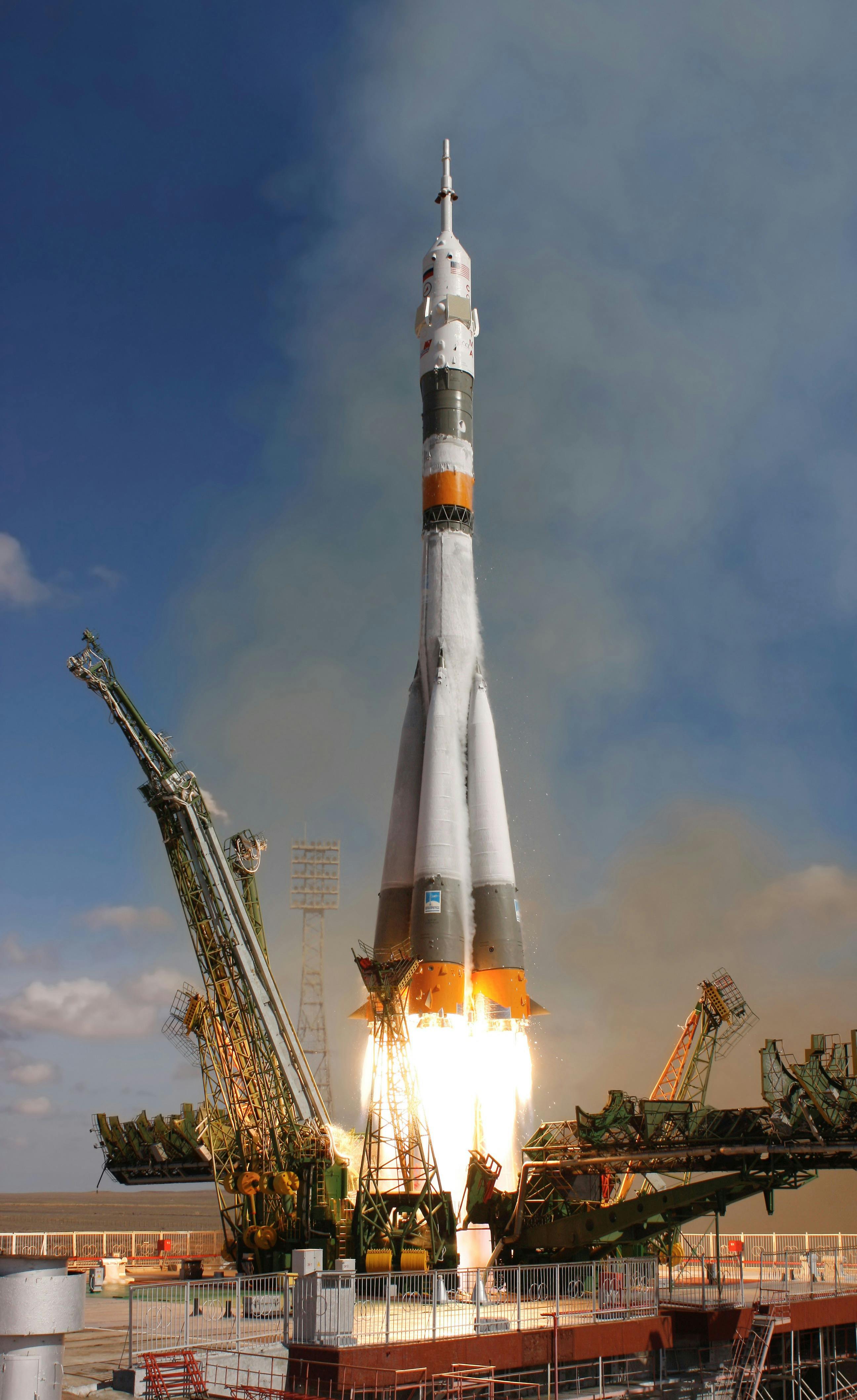
The Emotional Chapter of India’s Space Race
The space race has so far received its most emotional chapter for India. High above the Earth, where the boundaries disappear and humanity is united into orbit, a historic event took place this week. Group Captain Shubhanshu Shukla, a test pilot of the Indian Air Force, became the first Indian astronaut to make the journey to the International Space Station (ISS). His mission on the Dragon SpaceCraft, part of the SpaceX crew for Axiom Mission 4, marks a significant achievement in India’s space exploration.
This moment is not just about an astronaut’s visit; it is a crucial milestone for a country whose aspirations in space are rapidly expanding. India has already established its presence by launching numerous satellites, and the vision now extends to sending its own citizens to the classroom of space, with dreams of reaching the Moon and beyond.
Shubhanshu Shukla: From Gandhinagar to the Stars
Born in Gujarat, Group Captain Shukla’s journey epitomizes perseverance and represents the growing confidence in India’s space capabilities. As an IAF test pilot, he gained extensive experience and knowledge in operating advanced aircraft machinery, but the ISS mission took his career to new heights – quite literally.
Launched from Cape Canaveral aboard a SpaceX Falcon 9, this mission is part of Axiom Space’s commercial partnership with NASA, which aims to transport astronauts worldwide to the ISS. Shukla’s seat on this mission is particularly significant as it represents India’s first human presence in the world’s most advanced space laboratory.
Axiom Mission 4 and the Technology Behind It
Riding in a Dragon capsule named ‘Grace’, Shukla experienced firsthand the cutting-edge technology of 21st-century space engineering. The Falcon 9 rocket, known for its reusable boosters, safely propelled the crew into orbit with remarkable precision and reliability, demonstrating the high standards SpaceX has maintained through numerous successful launches.
The Dragon craft is equipped with advanced features such as autonomous docking systems, life support systems, touchscreen control interfaces, and modern heat shields, allowing Shukla to experience state-of-the-art aerospace technology in action. More importantly, this assignment provided invaluable contacts with operational space systems that will directly benefit India’s future crewed space missions.
Research in Space: India’s Scientific Contribution to the ISS
Once aboard the ISS, Shukla embarked on his work not merely as a passenger but as a researcher. Collaborating with teams from NASA and ISRO, he conducted India-led microgravity experiments.
- Testing the effects of microgravity on food growth, which plays a crucial role in long-duration space missions.
- Analyzing how astronauts interact with electronic screens in zero-gravity environments—an essential step for future crewed space vehicles.
These studies are not merely academic pursuits; they hold substantial importance for India’s Gaganyaan Human Spacecraft program, providing data and insights that were unobtainable on Earth.
The Gaganyaan Connection: India’s Indigenous Space Dream
The aim of the upcoming Gaganyaan mission is to send Indian astronauts into orbit aboard a fully indigenous rocket, the human-rated LVM3. Although the mission has encountered delays due to the COVID-19 pandemic and technical reviews, Shukla’s ISS mission offers practical insights that transcend routine simulations.
Insights Gained from Shukla’s Time at the ISS:
- Astronaut training and mental preparation techniques.
- Demonstration of life support systems in space.
- Troubleshooting and system diagnostics aboard the spacecraft.
ISRO is diligently testing its own Environmental Control and Life Support Systems (ECLSS) while also innovating in areas such as waste recycling, food systems, and thermal regulation. Shukla’s firsthand experiences will greatly assist in future planning and operations.
India’s Future in Space: From Lunar Landing to Space Stations
India’s aspirations extend far beyond low Earth orbit. Following the success of missions like Chandrayaan-3 and Aditya-L1, India is poised for ambitious future projects:
- Chandrayaan-4, India’s first Lunar Sample Return Mission.
- Development of an Indian Space Station, projected for 2030.
- Advanced robotics such as Ai-Saksham and innovations in autonomous technology.
- This mission serves as a stepping stone in pursuit of greater aspirations.
As India advances this ambitious roadmap, it is important to ensure that the scientific community, industry, and academia work together synergistically.
The Rise of India’s Private Space Sector
While ISRO is at the forefront of India’s space endeavors, the country’s private space sector has proven to be an invaluable asset. The ISS mission exemplifies how collaboration between government and private agencies can shape the future of space exploration.
- Skyroot Aerospace is already testing reusable rocket technology.
- Agnikul Cosmos produces mobile launch pads and 3D-printed engines.
- Pixxel specializes in hyperspectral imaging satellites, capable of monitoring everything from crop health to mineral resources.
With backing from the Indian National Space Promotion and Authorization Center, these startups are gearing up to supply parts and technologies for future missions.
Conclusion: A Nation Looks Upwards
The events that unfolded from the launch site near Cape Canaveral reflect a moment of pride and anticipation across India. Group Captain Shubhanshu Shukla’s mission is more than just an individual achievement; it symbolizes national growth and unity.
His presence at the ISS not only places India among key players in global space exploration but also solidifies its role as a competitor in the space arena. The data, experiences, and collaborations initiated during this mission are paving the way for a new chapter—one where Indian astronauts, startups, and scientists work in unison on the global stage of space exploration.
The countdown has reached its final seconds. The mission may be ongoing, but India’s journey to the stars is merely beginning. This historical stride illustrates that as the nation reaches for the cosmos, the sky is no longer the limit.